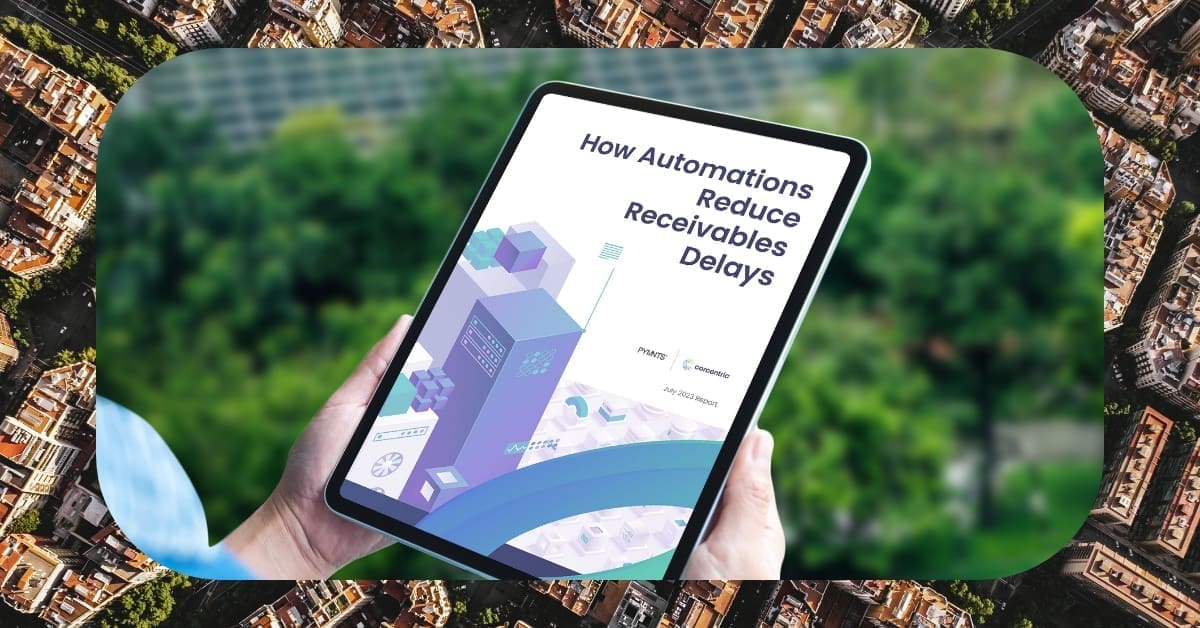Sourcing To Contracting: A Guide For Implementing A Source-To-Pay Solution
Corcentric

WHAT IS SOURCING TO CONTRACT?
In the world of accounts payable, optimizing procurement processes is key to ensuring the efficient and cost-effective acquisition of goods and services. One of the most effective tools used to do this is source-to-pay solution, which streamlines sourcing and contract management. To assist C-suite executives working in the finance department in understanding and implementing such solution, this guide outlines the key components of sourcing to contracting and how to use them.
Defining Sourcing to ContractingThe term sourcing to contracting (also known as source-to-pay) refers to set of procedures used to procure materials, services, and other resources from suppliers. The process involves establishing relationship with suppliers, obtaining quotations, comparing bids, and reaching an agreement that meets the organizations needs and budget.
Identifying Suppliers The first step in the sourcing to contracting process is to identify potential suppliers. This includes researching suppliers in the market, evaluating their capabilities and assessing their performance. It is also important to consider their pricing structure and other factors such as their delivery capacity and responsiveness. Additionally, organizations should also consider the supplier?s financial stability, customer service, and technical support. This step is critical in order to ensure that the most appropriate suppliers are selected.
Request for Information QuotesOnce potential suppliers are identified, the next step is to solicit information and quotes from them. This is usually done through an online request for quote (RFQ). An RFQ will usually include details such as the quantity of products or services required, delivery dates and terms, payment terms, quality and safety standards, and other criteria. After receiving the quotes from suppliers, the organizationshould then compare the offers and select the most suitable one.
Negotiating and Awarding ContractsOnce supplier is selected, the next step is to negotiate the terms of the agreement. This includes negotiating favorable pricing structure, delivery timeline, quality standards, payment terms, and other aspects. Negotiations should be closely monitored to ensure that both parties are satisfied with the agreement. Upon successful negotiation, formal contract is drawn up and signed by both parties.
Implementing and Managing the ContractOnce the agreement is in place, it is important to ensure it is properly implemented and managed. This includes monitoring the delivery of goods and services, verifying payment records and tracking performance metrics. The organizationshould also ensure that all rules, regulations, and policies are properly followed.
ConclusionThis guide provides an overview of the process of sourcing to contracting, from identifying suppliers to managing the contract. By following the outlined steps, organizations can use source-to-pay solution to ensure the procurement of goods and services is efficient and cost-effective.

